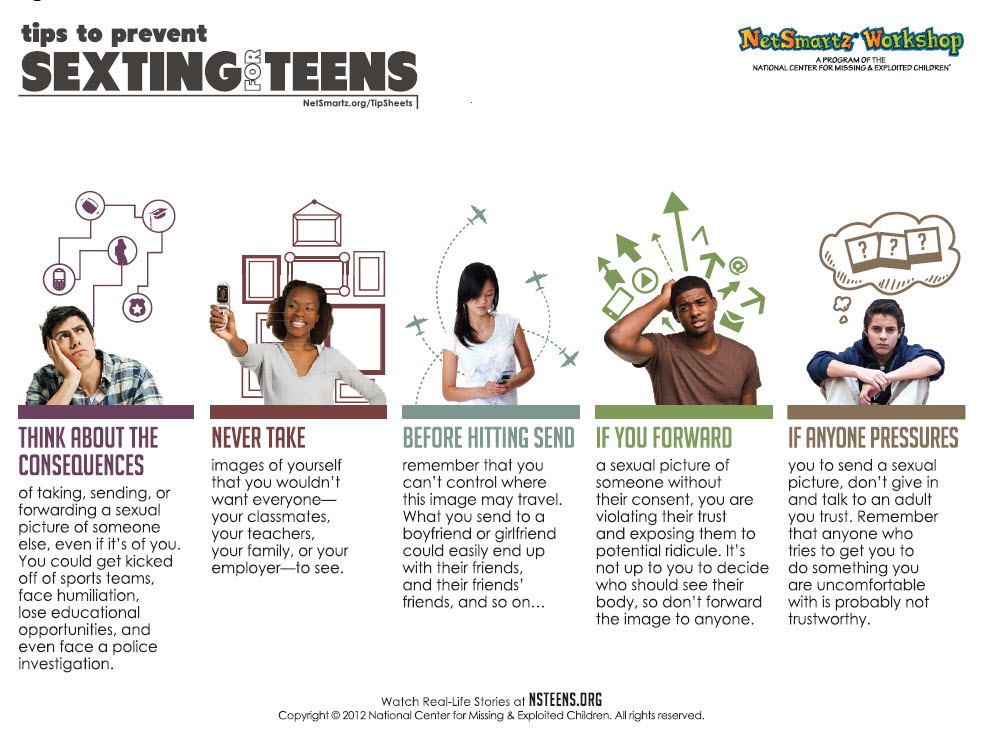Young people are not known for evaluating future complications before hitting “Send” on their phone. If one of those is a “sext,” the problems could be devastating.

“Sexting” is defined as sending (or receiving) full or partially nude photos. While the media reports that it’s a rampant problem, professionals agree that most teens do not engage in it. Hopefully, yours is one who doesn’t.
But what can you do to make sure?
In a quick guide to “Talking to teens about sexting”, Dr. Abigal Judge says, “research suggests that parents should address the topic of sex with their children—and by extension, digital media and its use in the home— not through a one-time conversation, but through an ongoing dialogue that should begin early and occur often, across developmental time.”
From the online guide available here, here are four conversation starters:
HOW TO TALK ABOUT IT
- Ask questions to make it clear you’re comfortable discussing it. “Has anyone ever asked or pressured you to sext? Have you ever received a sexy picture from someone?”
- Discuss what characterizes a healthy relationship. “Any person pressuring you to sext isn’t someone you should trust. Boyfriends and girlfriends come and go, but a sexual image of you can stay around forever.”
- Explain how quickly images can spread online. “Once the photo is sent, it’s out of your control.”
- Emphasize the importance of not forwarding sexts they receive. “You do not have the right to decide who should see someone else’s body. Forwarding images is a major violation of trust and exposes the person in the picture to potential ridicule. Imagine how you would feel if someone betrayed your trust by sharing a nude photo of you.”
Above tips from MissingKids.org
Suggested reading for parents of teens:
The worst thing your child won’t tell you
Age-appropriate ways to start having conversations about human trafficking

